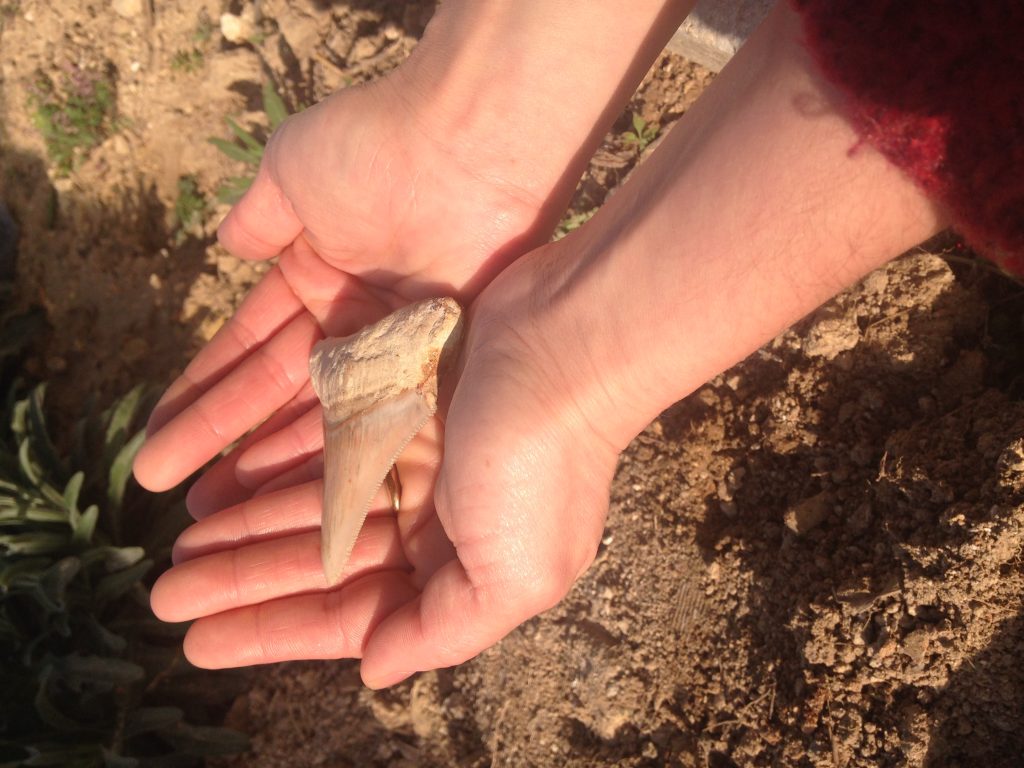For a small island, Gozo is absolutely brimming with culture and history, yet scratch beneath the surface and even more natural historical treasures await.
Gozo has a fascinating geology formed of limestone from the sea bed that’s over 25 million years old – from the Oligocene and Miocene epochs. Apart from being our bedrock, this creamy /yellowish Globigerina limestone is hugely important because it’s used to build everything from our homes, churches, pavements, statues and it’s what gives our architecture it’s unique identifiable look.
This natural reserve was even nominated as a Global Heritage Stone Resource. Yet, it’s when this softer limestone erodes over millions of years, exposing the harder, older coralline underneath, that creates the rolling valleys and hills, which give Gozo it’s dramatic, raw beauty. It’s through this constant process of erosion that many marvellous fossils (the preserved remains of plants and animals or their traces), which have lain undisturbed for millennia, are revealed.
https://www.instagram.com/p/BtmUD0IjDGN
Walking around Dwerja’s breathtakingly beautiful coastline on the remote southern side of Gozo, while admiring the Inland Sea and Fungus Rock, it’s easy to see why this unique zone is celebrated for its scientific and ecological importance. Although Dwerja is a top spot for divers and nature lovers – if you enjoy the kind of history found whilst getting sand between your toes and dust underneath your fingernails, then read on as we reveal the 5 types of fossils you can find in Dwerja.
Sea Urchins
Sea urchin (Scutella subrotunda) fossils are commonly found here and could be anything from 25 to 30 million years old!
Bivalves
Bivalves fossils are really easy to spot with their typical shell shape and are found all along the coast in Gozo.
Gastropods
Gastro pods (are like snails) and can survive on land, sea, clinging to trees. Their hard calcium shells are often fossilized.
(Photo for reference, may not have been taken in Dwerja)
Foraminifera
Foraminifera (forarms) are tiny ‘micro-fossils’ found around water and are important to Paleontologists who use them to date the rocks which encase them.
(Photo for reference, may not have been taken in Dwerja)
Sharks Teeth!
If you are looking for evidence of a historic shark, which swam our shores hundreds or thousands of years ago – then you could be in luck. Many beachcombers delight at getting up close and personal to a shark’s tooth without fear of becoming dinner!

READ NEXT: The history of our Christ on Tas-Salvatur Hill









